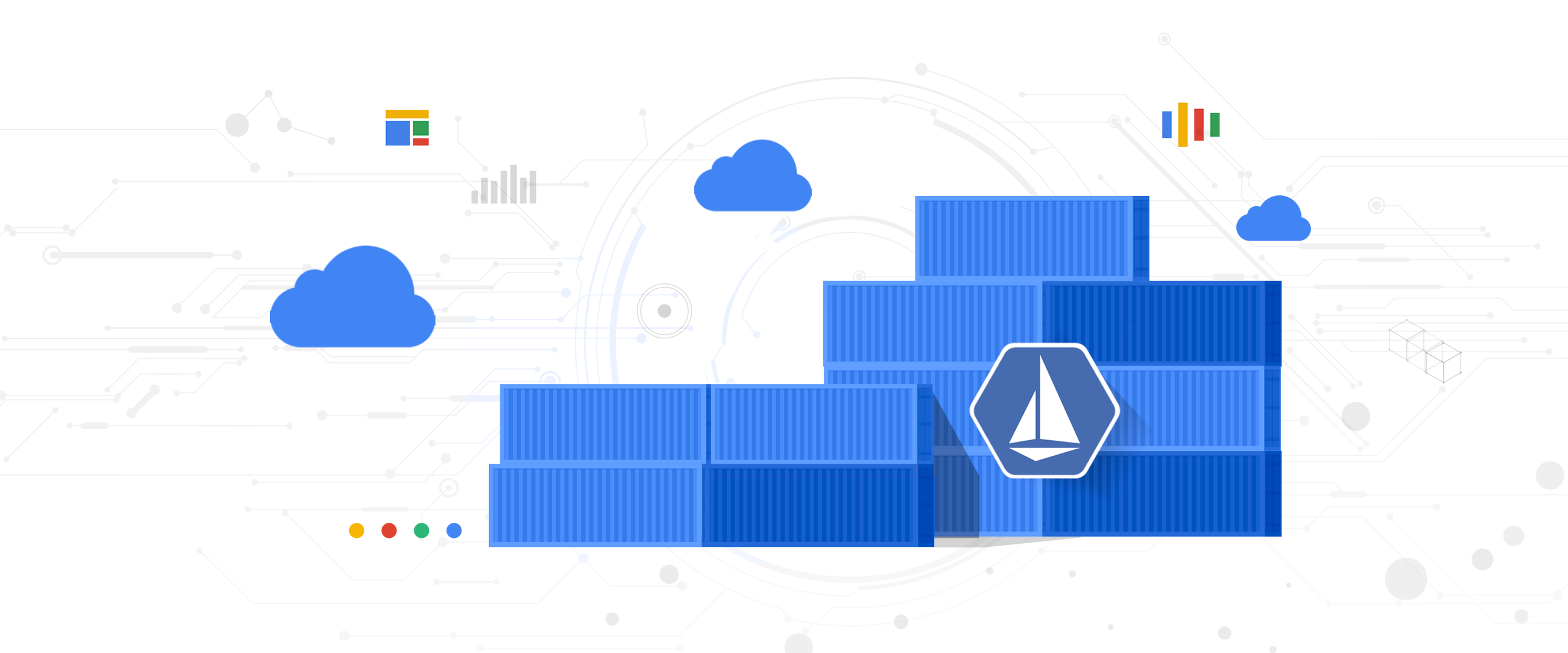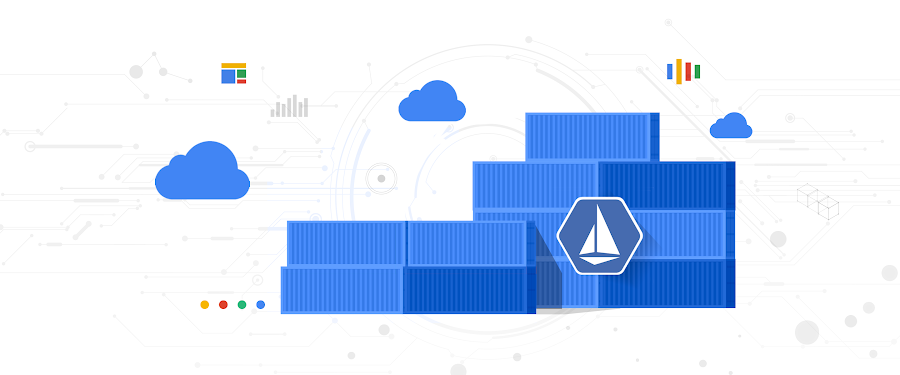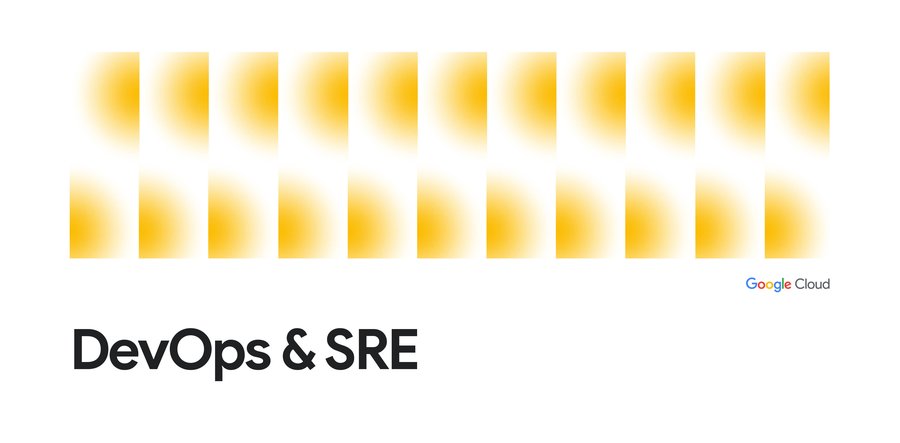The Service Mesh era: All the posts in our best practices blog series

The Google Cloud content marketing team
Adopting a microservices architecture brings a host of benefits, including increased autonomy, flexibility, and modularity. But the process of decoupling a single-tier monolithic application into smaller services introduces new obstacles: How do you know what's running? How do you roll out new versions of your services? How do you secure and monitor all those containers?
To address these challenges, you can use a service mesh: software that helps you orchestrate, secure, and collect telemetry across distributed applications. A service mesh transparently oversees and monitors all traffic for your application, typically through a set of network proxies that sit alongside each microservice. Adopting a service mesh allows you to decouple your application from the network, and in turn, allows your operations and development teams to work independently.
Our blog series, The Service Mesh Era, addresses how to use the open-source service mesh solution Istio and covers its key features: traffic management, authentication, security, observability, IT administration, and infrastructure environments. We’ve brought these posts together in one place so you can read them all in one place or bookmark them for later.
Welcome to the service mesh era
Explore why Istio matters in the context of other ongoing shifts in the cloud-native ecosystem: towards abstraction from infrastructure, towards automation, and towards a hybrid cloud environment. Read more.
Advanced application deployments and traffic management with Istio on GKE
Dive into the "what" and "how" of installing and using Istio with a real application. In this post, you'll learn how Istio can help your organization decrease complexity, increase automation, and ease the burden of application management on your operations and development teams. Read more.
Securing your environment with Istio
Given the proliferation of threats within the production network and the increased points of privileged access, it is increasingly necessary to adopt a zero-trust network security approach for microservices architectures. This approach requires that all accesses are strongly authenticated, authorized based on context, logged, and monitored—and the controls must be optimized for dynamic production environments. Learn how Istio on Google Kubernetes Engine (GKE) helps with these security goals. Read more.Using Istio and Stackdriver to build an SRE service
Dig further into monitoring, tracing, and service-level objectives. The goal of this post is to demonstrate how you can use Istio to level up your own Site Reliability Engineering (SRE) practices for workloads running in Kubernetes. Read more.
Istio’s role in the future of hybrid cloud
Learn all about using Istio across environments, and how Istio can help you unlock the power of hybrid cloud. Read more.
Keep learning
You’ve only scratched the surface on the great content that’s available on the Cloud blog. Find more on Istio and Service Mesh.





